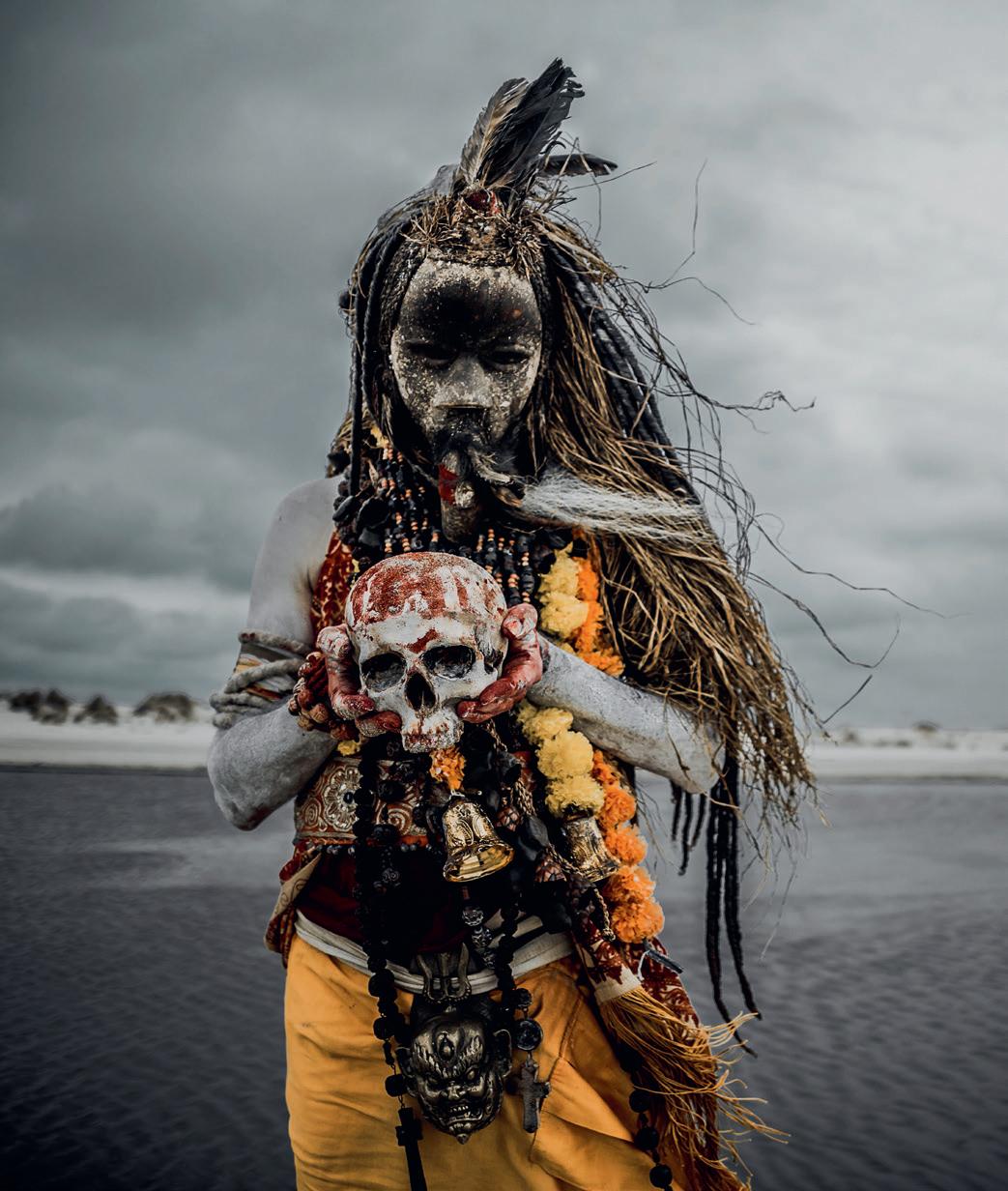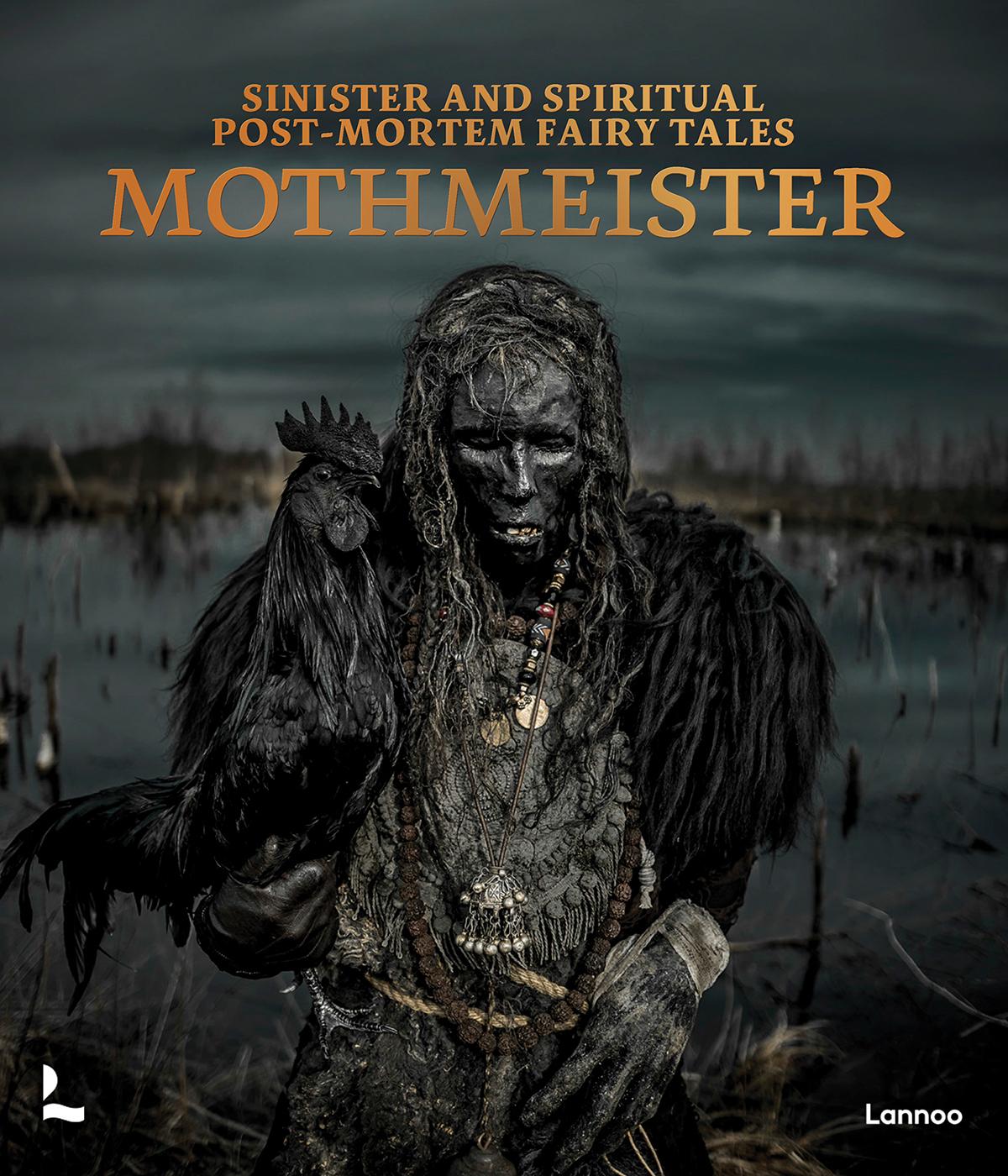
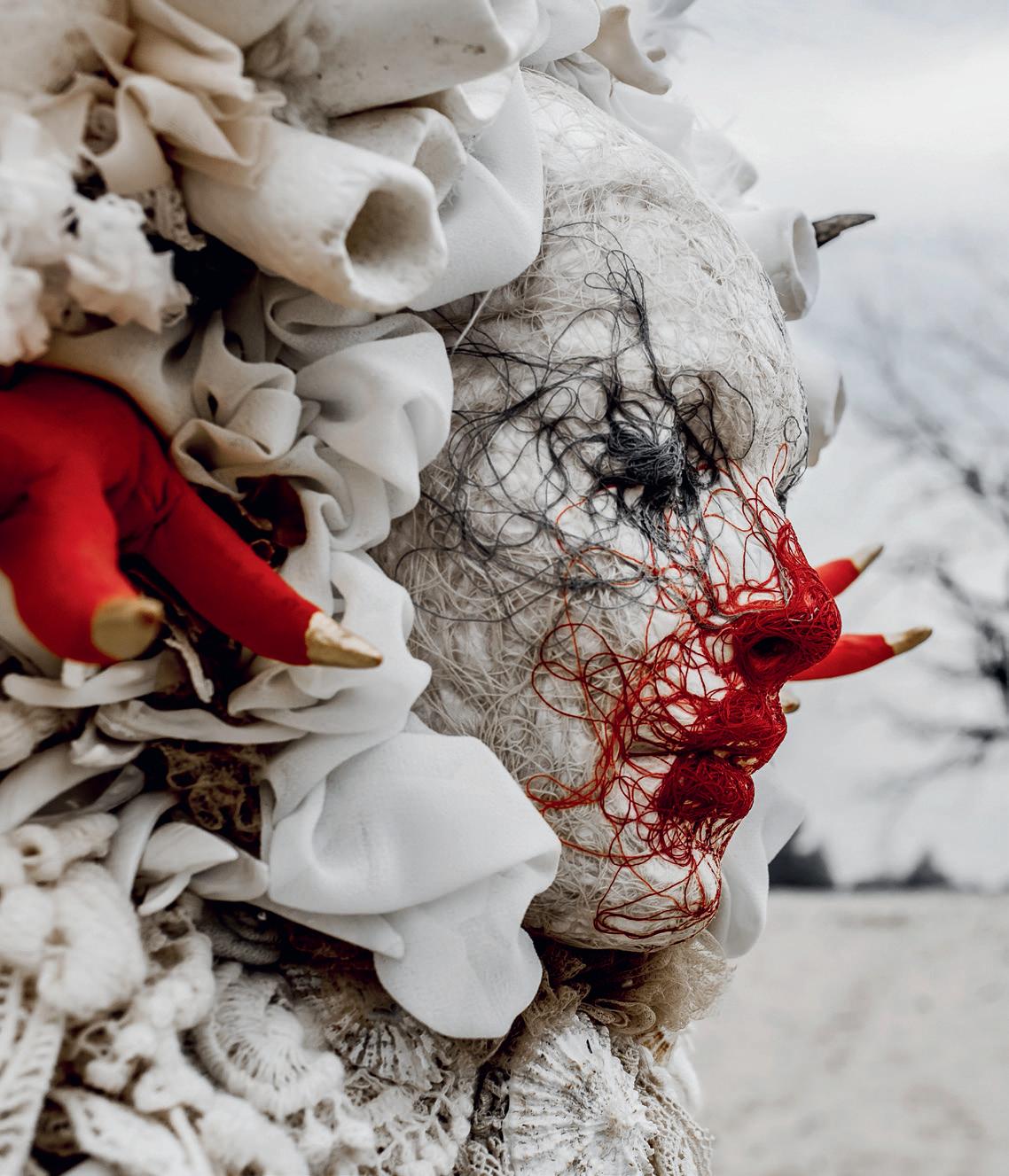
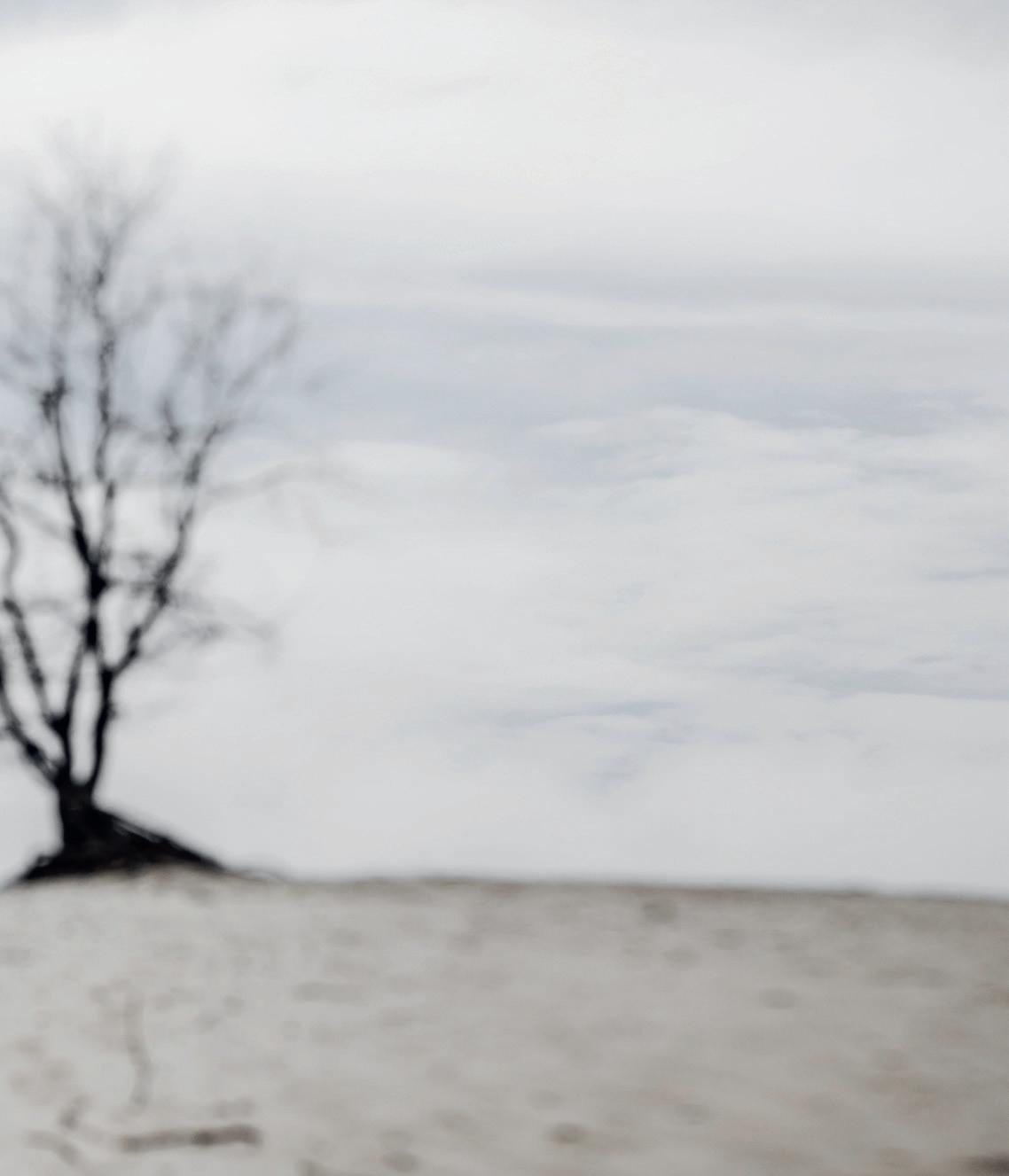

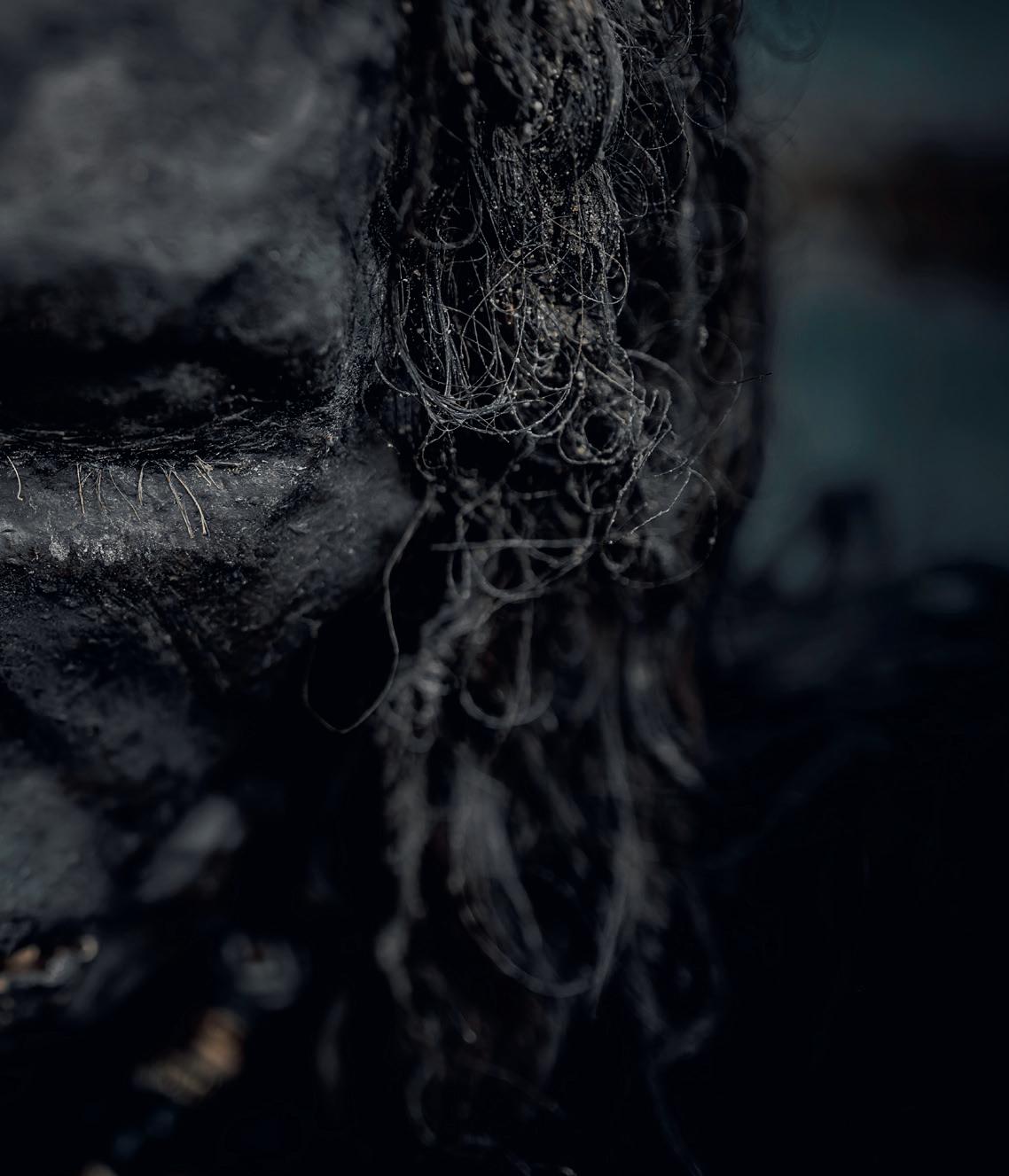






the silent killer that got away with murder





Out of fear of the unknown, people often dismissed ‘freaks’ as mysterious, alien beings from distant parts of our planet. They were imagined as hideous giant monstrosities lurking behind misty mountain ranges or hiding in obscure caves. Mermaids, supposedly emerging from deep, murky waters, were among these creatures. For centuries, freaks of nature with severe physical defects were considered a curse from evil spirits who had taken possession of them.
However, in the 16th century, the royal court and the nobility began using deformed people for their entertainment. The insanely popular court dwarf, for example, was often given as an exclusive lapdog to friendly royal houses.
Later, in the 18th century, wunderkammers or cabinets of curiosities became commonplace. What began as dioramas with exotic dried plants, rare insects and mounted animals degenerated into particularly eccentric collections of deformed animals, human organs, and bones. During this period, imaginary sculptures such as the so-called Fiji Mermaid appeared—a skilfully crafted fish with a monkey’s head. These curiosities soon roused the audience’s interest, and people crowded together at fairs and dime museums to marvel at human foetuses and mutated animals in formalin.


During the Middle Ages, ossuaries became popular in both Catholic and Orthodox communities. Cemeteries became overcrowded and could no longer hold the influx of corpses. The Black Death ruthlessly claimed countless lives, and wars resulted in thousands of deaths. Some ossuaries bore grim witness to the horrors of war and became mass graves with heaps of bones haphazardly tossed inside, reflecting the chaos and brutality of the soldiers’ deaths.
However, not all charnel houses treated the dead so disrespectfully. In some ossuaries, skulls and skeletons were artfully and meticulously stacked as if an interior designer were decorating a tiny morbid home. Skulls were lavishly painted with intricate floral motifs or religious icons, and the names of the deceased were inscribed on their foreheads. These ultimate memento mori served as a poignant reminder of the inevitable death that awaits us all.




the ancient japanese art of self-mummification


